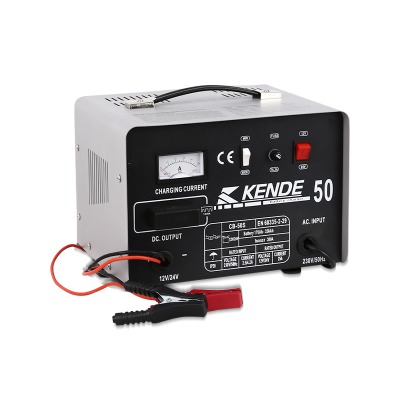Email: [email protected]
 2025.01.03
2025.01.03
 Industry News
Industry News

A thermocouple welder is a specialized welding machine that utilizes the thermoelectric effect to generate the necessary heat for welding processes. The core components of a thermocouple welder are crucial for its efficient operation and precision. These components include the welding electrode, thermocouple element, and welding control system, each of which plays a pivotal role in ensuring the welding process is both accurate and reliable.
The welding electrode is an important part of the thermocouple welder. It is responsible for providing the electrical contact through which the current flows, generating the heat required for welding. In a typical setup, the electrode is made of high-conductivity material to ensure minimal resistance and efficient heat transfer. The precise control over the current passing through the electrode is essential for producing consistent and strong welds, especially in high-precision applications.
Another essential component of the thermocouple welder is the thermocouple element. The thermocouple is made up of two dissimilar metals joined at one end, creating a voltage that is proportional to the temperature difference between the junction and the free ends. This element allows the welder to accurately monitor and control the temperature at the welding site. By converting temperature changes into electrical signals, the thermocouple provides real-time data to the control system, ensuring the weld is performed at a suitable temperature for strength and durability.
The welding control system of a thermocouple welder is responsible for managing the power, temperature, and duration of the welding process. This system typically includes a microprocessor or PLC (Programmable Logic Controller) that processes the signals from the thermocouple and adjusts the power output accordingly. The control system allows for fine-tuning of the welding parameters, ensuring that each weld is made with the right heat input, which is crucial for producing high-quality results in sensitive or complex materials.
When using a thermocouple welder, it is essential to consider the specific working environment conditions to ensure good performance and safety. Temperature plays a critical role in the operation of a thermocouple welder. Most welders are designed to operate effectively within a specific range of temperatures, typically between 10°C and 40°C (50°F and 104°F). Extreme temperatures outside this range can cause the system to malfunction or affect the welding quality, causing poor results. Additionally, the humidity levels in the environment are also important. High humidity can cause condensation on the electrical components, causing short circuits and malfunctions. To prevent such issues, a dry, well-ventilated workspace is ideal.
Safety is another critical aspect when operating a thermocouple welder. Since welding involves high temperatures and electrical components, it is important to ensure that the work area is free from flammable materials and that the welder is grounded properly to avoid electrical shocks. Protective gear, including gloves, goggles, and flame-resistant clothing, should always be worn to safeguard the operator. Furthermore, the machine should be equipped with proper ventilation systems to remove smoke and fumes generated during the welding process. The workspace should also comply with relevant safety standards and regulations to reduce the risk of accidents.
The thermocouple welder is an advanced and efficient tool for high-precision welding applications. Its core components, including the welding electrode, thermocouple element, and control system, work together to provide accurate and reliable welds. However, to ensure good performance, it is vital to operate the thermocouple welder in a controlled environment, paying close attention to factors such as temperature, humidity, and safety precautions. By understanding these essential elements, operators can maximize the potential of the thermocouple welder while maintaining safety and quality in their work.